Runner Shut-Off Inserts
- Precision Engineering: Guarantees accurate flow control and seamless mold integration.
- Durability: Withstands high pressures and temperatures across prolonged production runs.
- Versatility: Adapts to various mold setups and plastic materials.
- Efficiency: Lowers material waste and shortens cycle times through optimized flow.
ISO 9001:2015 Certified Processes
ISO 13485: 2016 Medical Device
IATF 16949: 2016 Automotive
No Minimum Order Quantities
In-Process Inspection with CMM
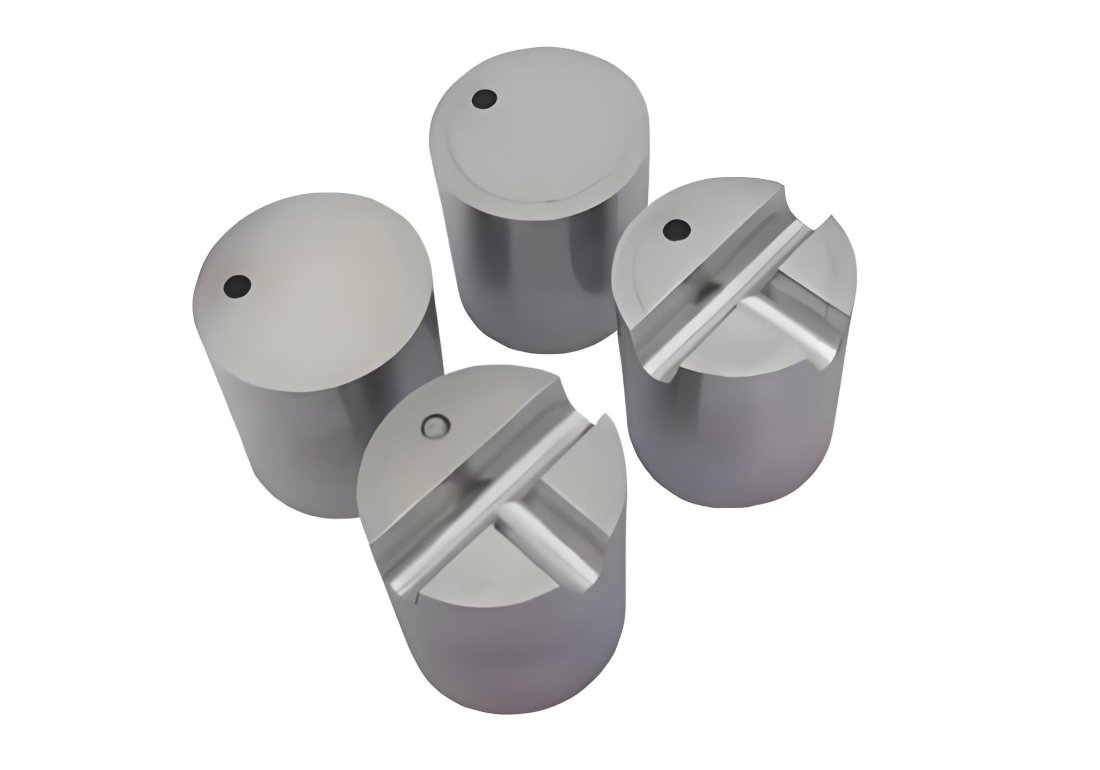
Runner Shut-Off Inserts: Precision Components for Injection Molding
Runner shut-off inserts are essential components in injection molding, engineered to regulate the flow of molten plastic within the runner system. These precision-crafted inserts enable selective opening and closing of runner channels, optimizing material distribution, minimizing waste, and supporting complex mold designs.
Ideal for industries such as automotive, consumer goods, and medical devices, our runner shut-off inserts enhance production efficiency and deliver consistent, high-quality results.
Key Functions
Processing Materials
Tool Steel
- Offers exceptional hardness and wear resistance (e.g., H13, SKD61).
Stainless Steel
- Provides corrosion resistance for demanding conditions (e.g., 420, 440C).
Custom Alloys
- Available for specialized molding needs, tailored to your application.
Post-Processing & Surface Treatments
To enhance functionality and longevity, our runner shut-off inserts undergo advanced post-processing.

Heat Treatment
Increases strength and thermal resistance for consistent performance.
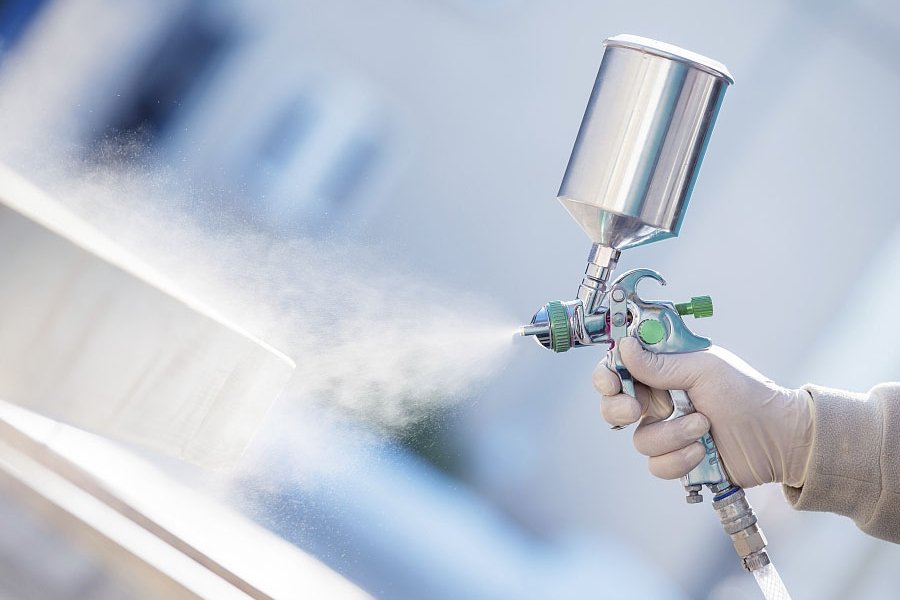
Specialized Coatings
Options like TiN (titanium nitride) or chrome plating for added durability.
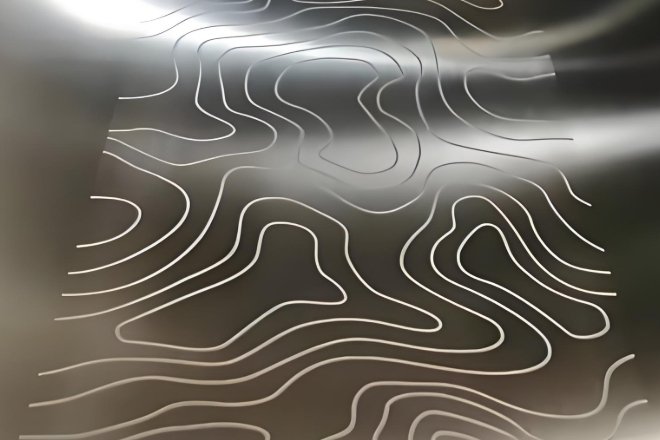
Nitriding
Boosts surface hardness for superior wear resistance.
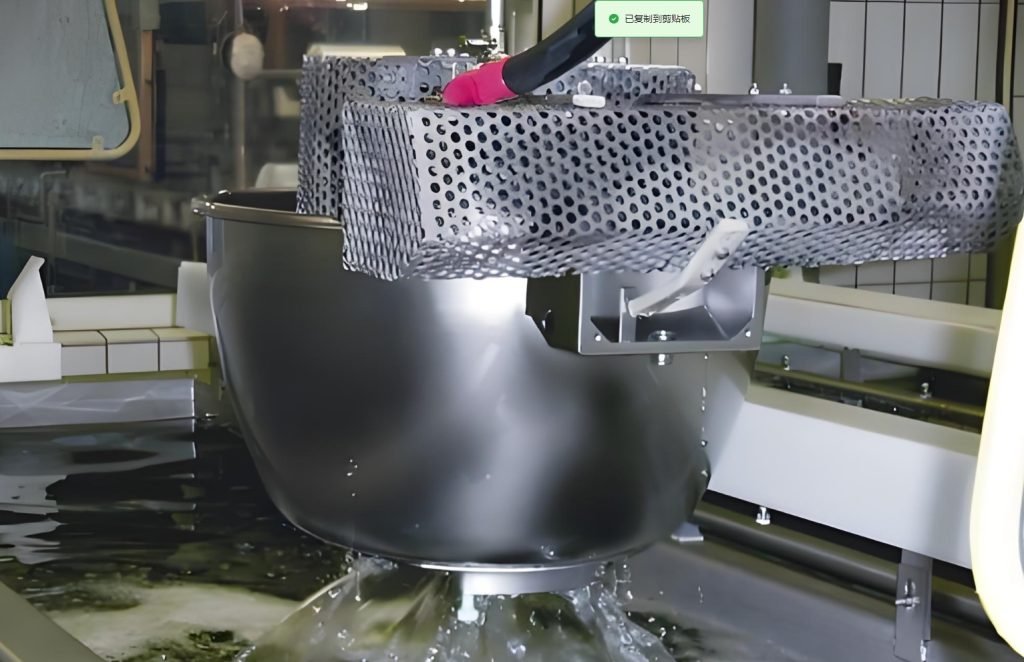
Polishing
Delivers a smooth surface (Ra ≤ 0.2 μm) to minimize friction and material buildup.
Technical Specs for Runner Shut-Off Inserts
Our processes ensure unmatched consistency and repeatability at fast lead times and affordable pricing.
| Parameter | Specification |
| Temperature Range | Up to 400°C (752°F) |
| Pressure Capacity | Up to 2,000 bar (29,000 psi) |
| Insert Sizes | Customizable based on mold design |
| Surface Finish | Polished, Ra ≤ 0.2 μm |
| Compatibility | Works with thermoplastics, elastomers, and more |
| Lead Time | 2-4 weeks (standard); varies for custom orders |
Fecision Mold Component Tooling Network
In response to different service types and diverse business needs, we have deployed suppliers with different manufacturing capabilities.
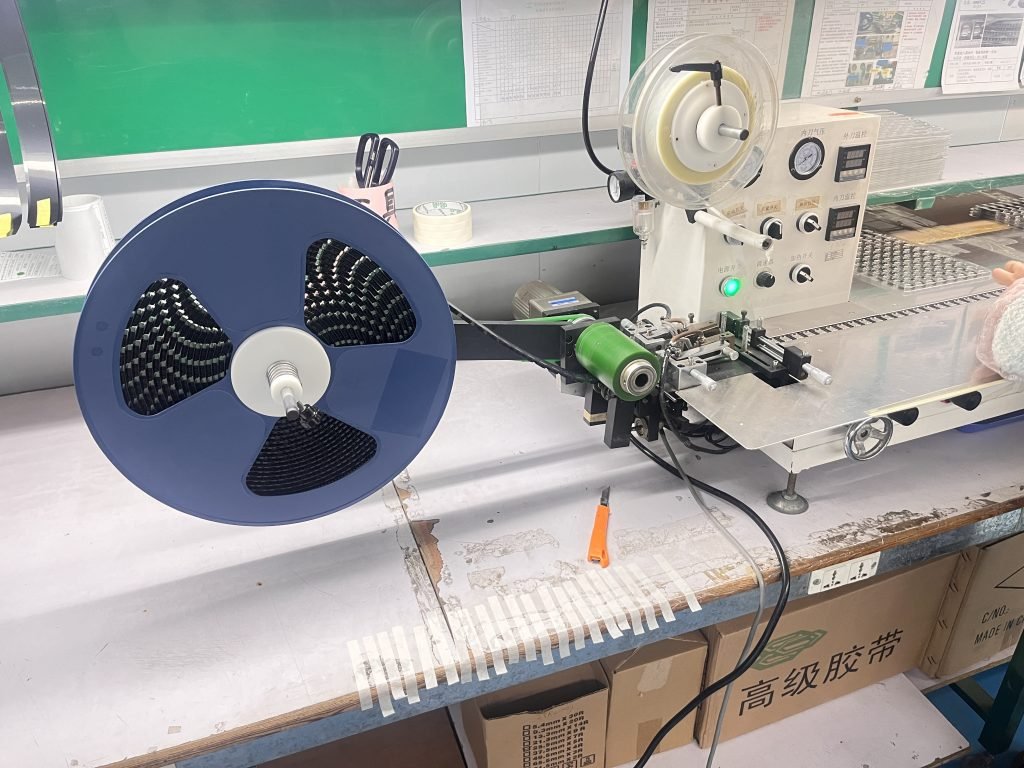
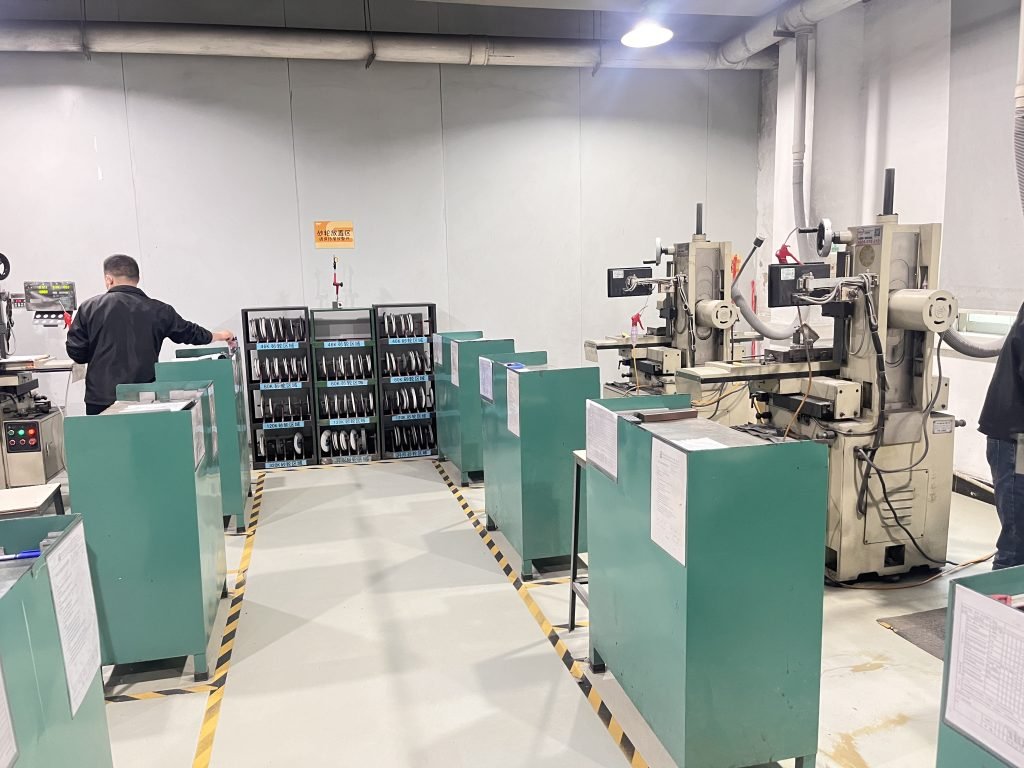
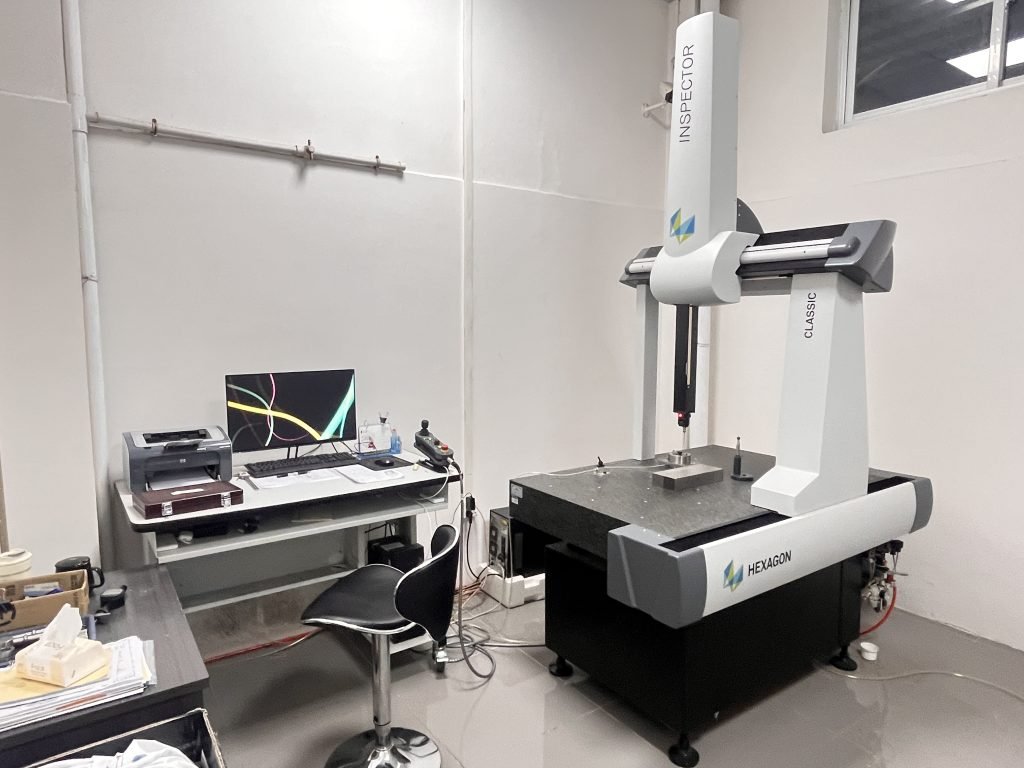
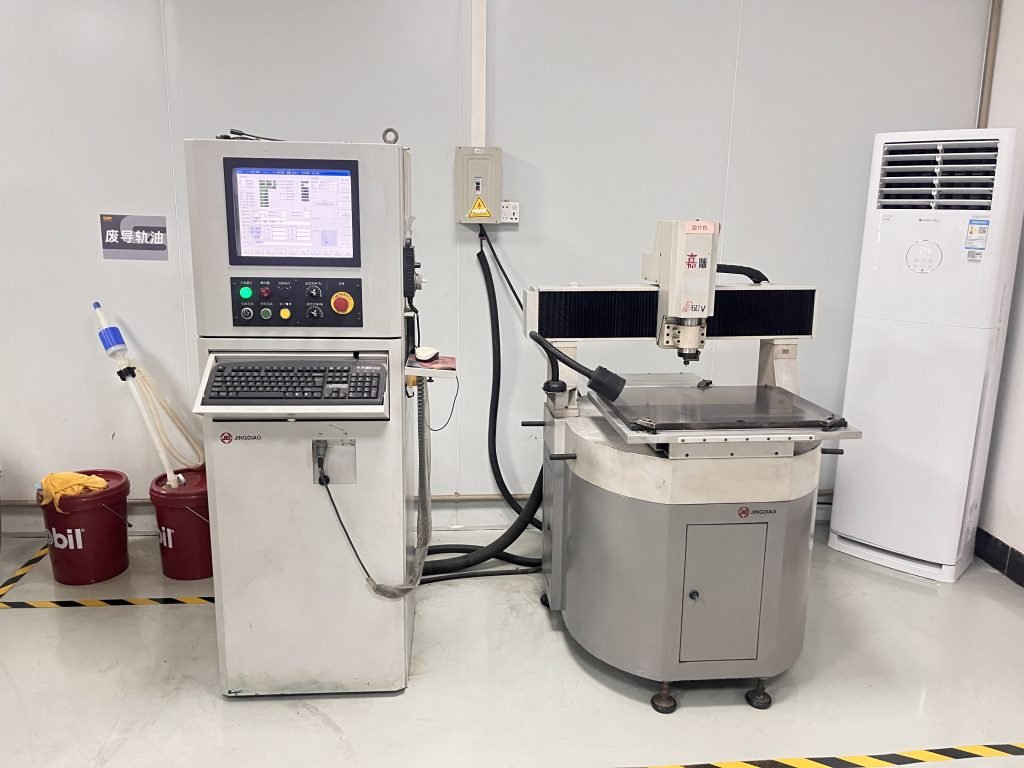
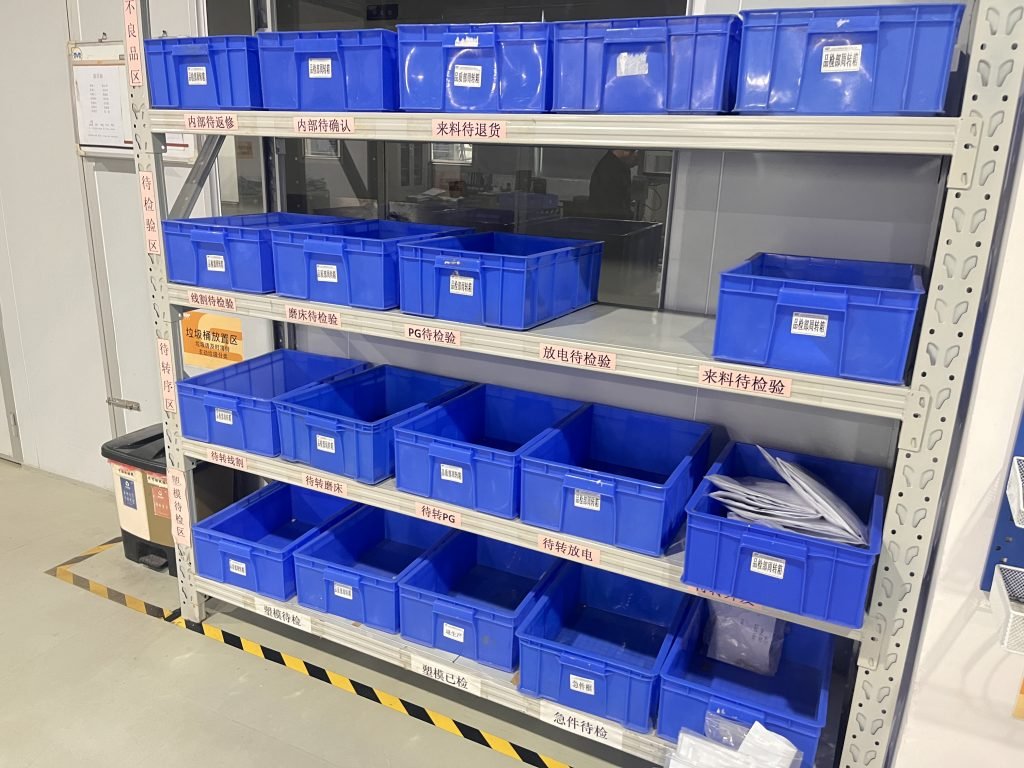
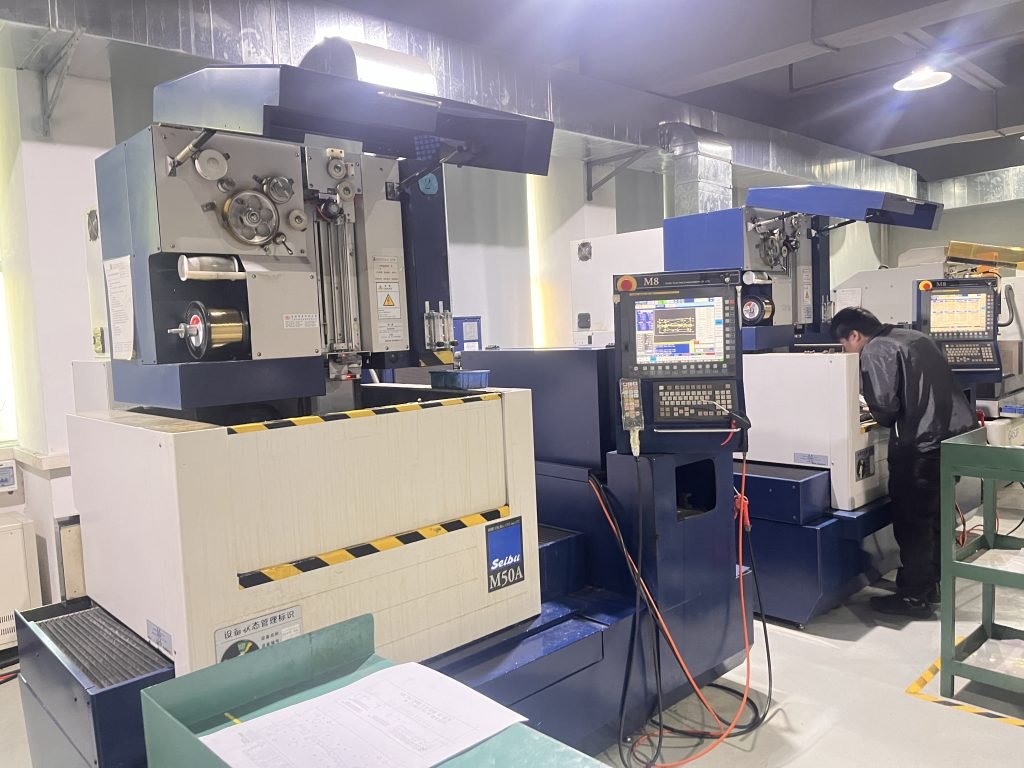

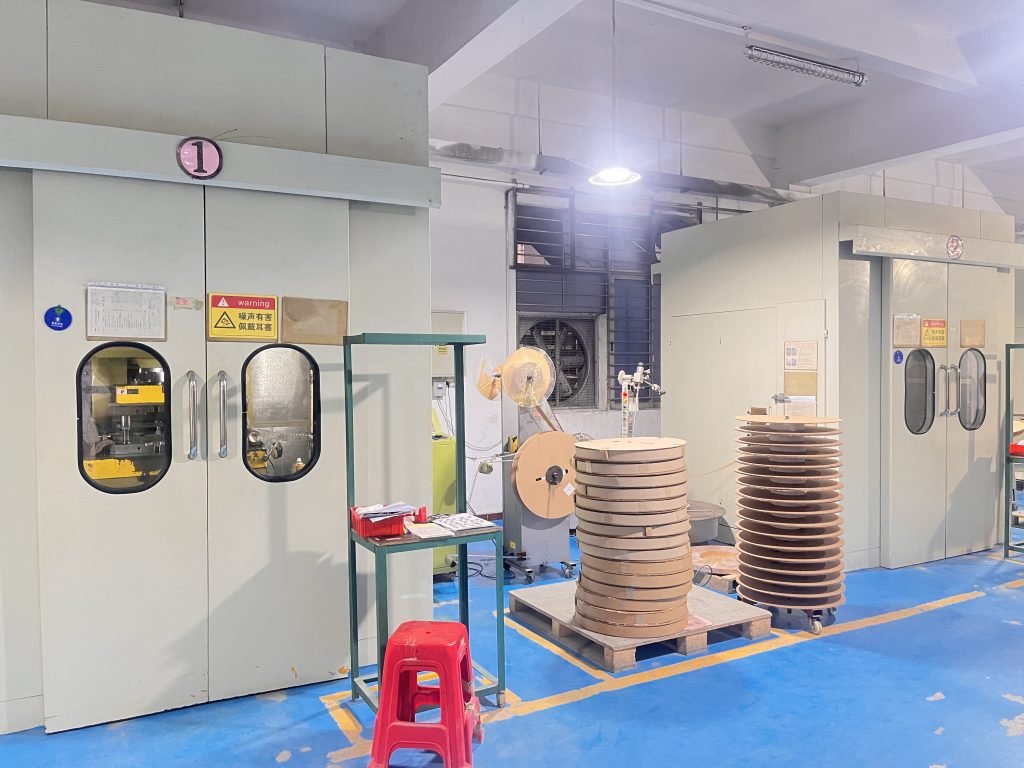
Why Fecision for Mold Components?

Precision and Accuracy
Using state-of-the-art CNC machining, EDM, and other advanced manufacturing techniques, Fecision ensures all mold components meet tight tolerances and high-quality standards.
Customization
Fecision understands the unique needs of each project. Our team works closely with customers to provide tailored solutions, ensuring that each component fits perfectly within the target mold system.
Rapid Prototyping
Fecision offers rapid prototyping for mold components, enabling customers to test and refine designs quickly before moving into full production.
End-to-End Services
From initial design and DFM (Design for Manufacturability) analysis to final mold assembly and testing, Fecision handles every aspect of the mold component manufacturing process.
Process for Manufacturing Mold Components
Manufacturability Evaluation
The initial step involves assessing the manufacturablity of the mold component. If it's deemed feasible, we proceed with production immediately. If not, we will provide a detailed DFM (Design for Manufacturability) report to the customer. If necessary, mold flow analysis is performed to simulate the flow of molten material within the mold.
Material Selection
Next, choose the right material for mold parts. Common materials for mold components include steel alloys, aluminum, stainless steel, specialty alloys, etc. If needed, a prototype may be made using rapid prototyping techniques (e.g., 3D printing, CNC machining) to test the design for fit, function, and manufacturability.
Mold Components Manufacturing
Once the design and materials are finalized, the mold component undergoes CNC machining. If required, the mold component may undergo heat treatment, depending on the material and intended application. For certain components, surface hardening methods such as nitriding or carburizing are applied to increase wear resistance.
Shipping
For molds with multiple components, such as multi-cavity molds or molds with inserts, the individual components are carefully assembled into the final mold system. Once our engineers confirm the product meets all requirements, it will be shipped. We maintain ongoing communication to ensure the customer is fully satisfied with the product they receive.
Let's Start!
Together, we can make something remarkable!
Let us turn your vision into reality. Provide us with your project details, and we’ll create a customized proposal designed specifically for you.




